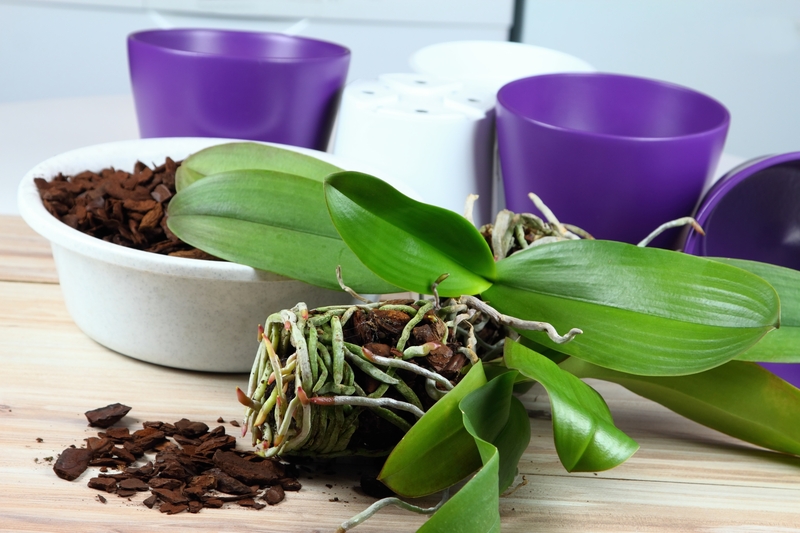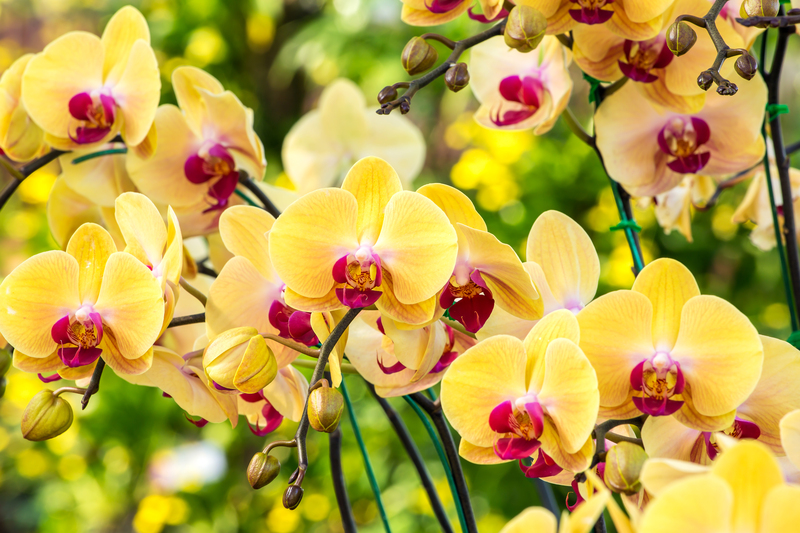Pruning Schedules for Different Tree & Shrub Types
Proper pruning is essential for maintaining the health, beauty, and productivity of trees and shrubs. However, different species have different needs regarding the timing and method of pruning. Understanding these schedules can maximize the benefits while minimizing any potential harm to the plants. This article explores optimal pruning schedules for various types of trees and shrubs, highlighting best practices, tips, and pros and cons.
Deciduous Trees
For deciduous trees, the best time to prune is during late winter or early spring when the trees are still dormant. Pruning during dormancy helps prevent disease and pest infestation while promoting vigorous growth in the spring.
Common Deciduous Trees
- Maple Trees
- Oak Trees
- Birch Trees
- Cherry Trees

Evergreen Trees
Evergreen trees require a different approach. The ideal time to prune evergreen trees is early spring, just before new growth starts, or in late summer. Avoid heavy pruning, as evergreens can be more sensitive to extensive cuts.
Common Evergreen Trees
- Pine Trees
- Spruce Trees
- Fir Trees
- Cedar Trees
Flowering Trees
Pruning flowering trees largely depends on when they bloom. Generally, spring-flowering trees should be pruned immediately after they finish blooming, while summer-flowering trees are best pruned in late winter or early spring.
Common Flowering Trees
- Dogwood Trees
- Magnolia Trees
- Cherry Blossoms
- Crepe Myrtles
Deciduous Shrubs
Pruning schedules for deciduous shrubs can vary widely. For those that bloom on new wood, late winter or early spring is best. For those blooming on old wood, prune immediately after flowering.
Common Deciduous Shrubs
- Lilac
- Forsythia
- Hydrangea
- Rhododendron
Evergreen Shrubs
Prune evergreen shrubs in late winter to early spring. However, some minor shaping can be done in mid-summer if necessary.
Common Evergreen Shrubs
- Boxwoods
- Holly
- Juniper
- Azalea
Pros and Cons of Pruning
Pros
- Promotes Plant Health: Removes dead or diseased branches.
- Enhances Appearance: Improves the shape and beauty of the plant.
- Increased Flowering: Proper pruning can result in more prolific blooms.
Cons
- Potential for Damage: Incorrect pruning can harm the plant.
- Timing Sensitivity: Pruning at the wrong time can stunt growth or prevent blooming.
- Labor-Intensive: Requires effort and knowledge about each specific type of plant.
Pruning Tips
- Use Sharp Tools: Ensure all tools are sharp and clean to make precise cuts.
- Know Your Plant: Understand the specific needs and growth habits of your plants.
- Avoid Heavy Cuts: Removing too much can stress the plant.
- Disinfect Tools: Clean tools between cuts to prevent the spread of disease.

Key Takeaways
- Different plant species require different pruning schedules.
- Knowledge of your specific trees and shrubs is crucial for effective pruning.
- Proper tools and techniques will enhance the health and appearance of your plants.
Conclusion
Pruning is an essential component of tree and shrub care, significantly affecting their health and appearance. By adhering to the correct pruning schedules for different species, you can ensure robust growth, spectacular blooms, and a long life for your plants. Understanding the unique needs of deciduous, evergreen, and flowering plants goes a long way toward making your garden thrive. With informed techniques and mindful timing, you can enjoy the myriad benefits of well-pruned trees and shrubs while mitigating any potential downsides.





